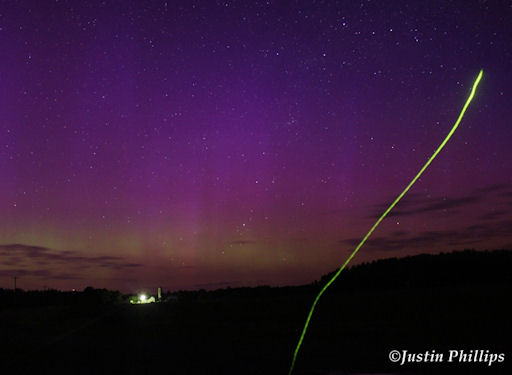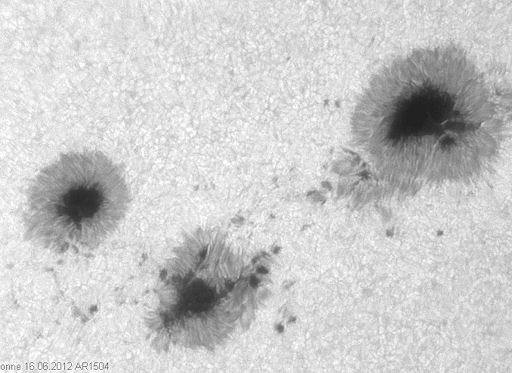by Georgi Stankov, June 17, 2012
Until now there are no reported huge damages of the electric grid, but the compression of the earth’s magnetic field by this powerful sun’s eruption on June 16, as first predicted by myself in a conversation with Boyd, has really taken place as confirmed by spaceweather.com. It is expected that the eruption waves of the sun will continue in the next days. There is obviously a huge energy build-up that will engulf our planet until summer solstice. Therefore, it is quite probable that this continuous bombardment of the earth may end up with a magnetic pole reversal very soon. No cosmic power invests so much energy into such a small planet without achieving its ultimate goal, which is ascension of Gaia and humanity.
GEOMAGNETIC STORM ALERT: Geomagnetic storms are circling Earth’s poles in the wake of a double CME impact on June 16th. According to analysts at the Goddard Space Weather Lab, the hit strongly compressed Earth’s magnetic field, directly exposing some geosynchronous satellites to solar wind plasma. After nightfall in North America, blue and purple auroras spread along the US-Canadian border. Justin Phillips sends this photo from New Auburn, Wisconsin:
“Fireflies added to the colors of extremely bright pink and purple auroras in west central Wisconsin,” says Phillips. “What a night!”
Solar wind conditions in the wake of the CME favor continued disturbances. NOAA forecasters estimate a 55% chance of more high-latitude geomagnetic storms during the next 24 hours. Aurora alerts: text, voice.
more images: from Marko Korosec of Badlands, South Dakota; from John Wellingof Ashland,Wisconsin; from Dominic Cantin of Île d’Orléans, Québec, Canada; from Frederic Hore of Bainsville, Ontario; from Laurent Silvani of Saguenay, Québec, Canada; from Bart Firth of Dawsonville, New Brunswick, Canada;
Realtime Space Weather Photo Gallery
[Submit your photos] [NASA videos: 2012 Transit of Venus, ISS Transit of Venus]
CHANCE OF FLARES: Sunspot AR1504 has a complex ‘beta-gamma’ magnetic field that harbors energy for strong solar flares–and the huge sunspot is almost directly facing Earth. Amateur astronomer Eric von der Heyden photographed the behemoth on June 16th from his backyard observatory in Mühltal-Traisa, Germany:
Each of the dark cores in the image is about twice the size of Earth. The sheer size of the complex makes it an easy target for backyard solar telescopes.
NOAA forecasters estimate a 65% chance of M-flares and a 5% chance of X-flares from AR1504 during the next 24 hours. X-flare alerts: text, voice.



